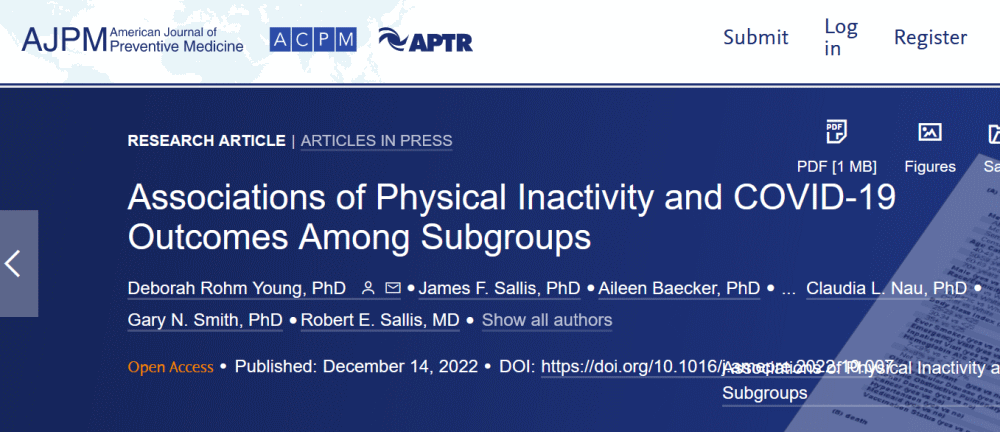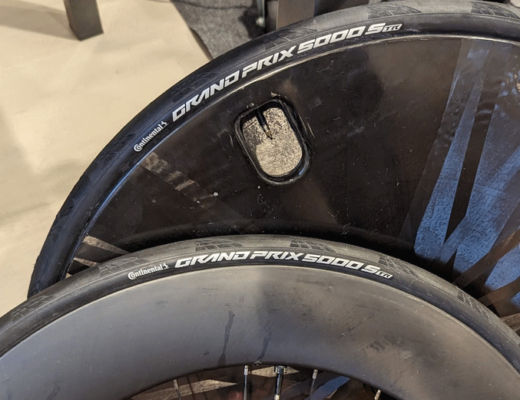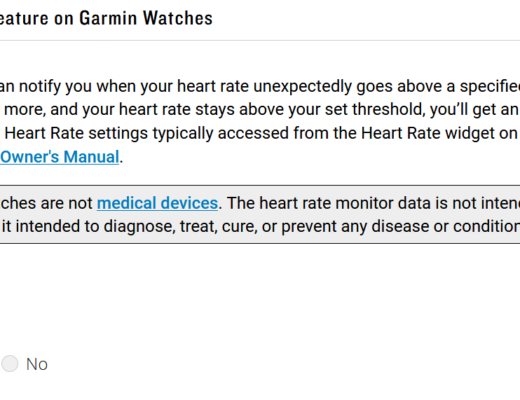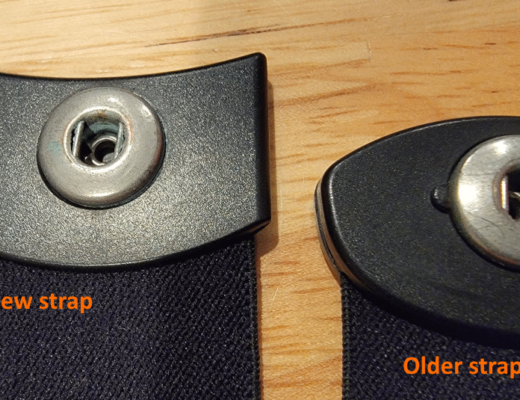If you needed another reason to feel good about all those hours you spend pushing the pedals, pounding the pavement, or even swimming. Let’s bask in the finding in this study, which looked at the relationship between COVID-19 outcomes and levels of physical activity.
One of the interesting outputs here is that there appears to be a strong correlation between more physical activity, and better COVID-19 outcomes. Which is somewhat counter the more general science on this topic; which indicates that you don’t have to move that much to realize a massive health gain, that mostly flat-lines once you achieve that low number of hours, and then falls off as you get into pro-endurance-athlete territory. Although, they seem to be saying that the other way around. I don’t know if there’s a science reason for that, but personally I’m happy to exercise my confirmation bias to legitimize my dopamine addiction :).
Given this, I wonder if we can speculate around outcomes for similar infections. To my layman’s brain, it seems like it would be highly likely that the same protective benefits that highly active people realized when battling a COVID-19 infection, would also apply for viral infections that attack similar areas of the body. But that could also be confirmation bias, so I can feel better about feeding the beast.
The results of this study document substantially higher odds of hospitalization, deterioration events, and death, with lower amounts of self-reported physical activity in a stepwise fashion for adults infected with COVID-19. The ORs are striking. In the full sample, those who were consistently inactive were 191% more likely to be hospitalized and 391% more likely to die than those who were consistently active. Dose‒response effects were mostly present across sex, race/ethnicity, age category, BMI category, and history of cardiovascular disease and hypertension, although the CIs sometimes included one. Although the odds were highest for patients in the always inactive category, every lower category of physical inactivity increased the odds of adverse COVID-19 outcomes.
Higher odds of adverse COVID-19 outcomes among physically inactive patients were documented in all racial and ethnic categories, in most age categories, in all BMI categories, and for patients with and without diagnoses of cardiovascular disease or hypertension. However, there were some variations across categories, with trends for lesser effect sizes in the older ages and higher BMI categories. Regardless of demographic factors and common chronic health conditions, results suggest that reducing physical inactivity may be one pathway to lowering the odds of adverse COVID-19 outcomes. The benefits of reducing physical inactivity should lead to its recommendation as an additional pandemic control strategy for all, regardless of demographics or chronic disease status.



